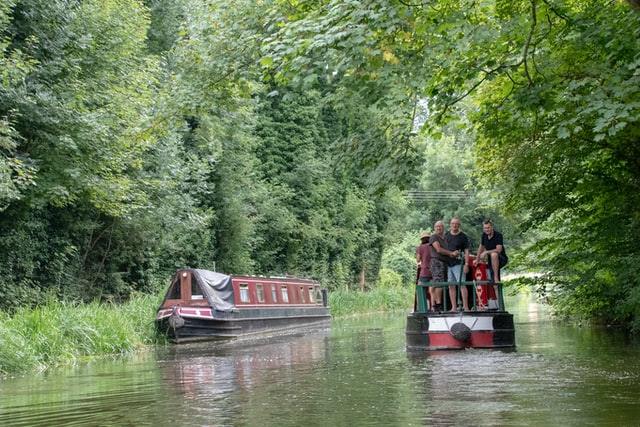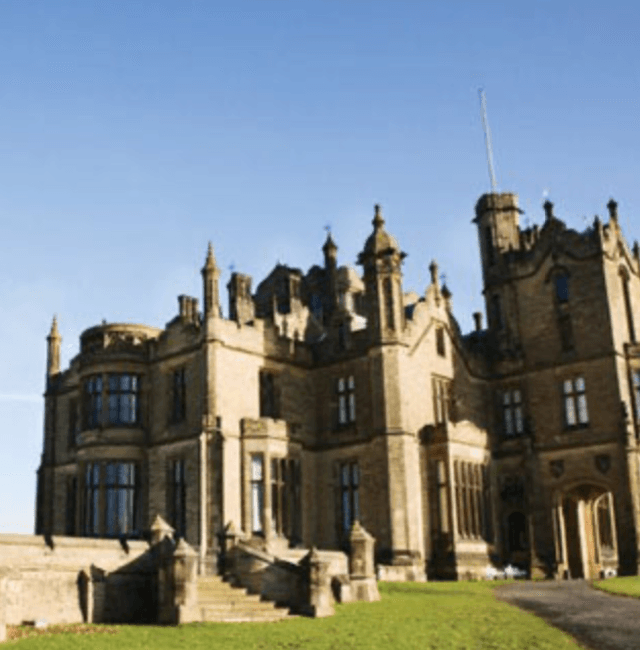A Blaise of Glory?
To readers of Northanger Abbey today, Blaise Castle might stand for nothing more than a landmark that Catherine Morland failed to visit. Austen's contemporary readers, however, would certainly have pictured much more. Blaise Castle represented the shallowness and falseness not only of Austen's Thorpes, but of late eighteenth and early nineteenth century fiction. Built in 1766, just two years after the release of Horace Walpole's spine-chilling gothic Castle of Otranto, Blaise Castle was assumed dark and ominous. In reality, however, Blaise Castle was not the derelict ruin Catherine or Austen's contemporaries supposed it be, but a rather snug little country house, built to look like a castle. Thanks to one of Humphry Repton's now famous 'Red Books', we can see what Blaise Castle looked like before and after it was remodelled in the early nineteenth century, showing that in Austen's time the castle was in reality not the Gothic spectacle people supposed it be.“Blaize Castle!” cried Catherine. “What is that?”
“The finest place in England—worth going fifty miles at any time to see.”
“What, is it really a castle, an old castle?”
“The oldest in the kingdom.”
“But is it like what one reads of?”
“Exactly—the very same.”
"On the other hand, the delight of exploring an edifice like Udolpho, as her fancy represented Blaize Castle to be, was such a counterpoise of good as might console her for almost anything."
There were no long, dark passages with frights at every turn, but a clean and bright interior, with excellent views to the woods surrounding the Blaise estate. The owner of the 'castle', Thomas Farr, lived in modern comfort a few miles away and used the building as his summer house. It is thought that Farr, while living from afar, encouraged the various myths and stories in circulation about Blaise Castle. Repton's designs for Blaise Castle are now held by the Bristol Museum and Art Gallery and excitingly, you can view photographs of his 'Red Book' online here.
Built in a triangle formation, the architecture of Blaise Castle features three corner towers and a central, round room. At some point, a later owner added eight cannon around the top, attempting to heighten the not-so-forbidding impression of Blaise Castle. The owners of the estate (Farr, and then John Scandrett Harford, who purchased it in 1789) liked to play 'make believe' as they added an 'authentic' Tudor village to Blaise estate, built for their workers to live in. In Northanger Abbey, no one ever corrects Catherine’s perception of Blaise Castle. It is left, in all its wretched intactness, to her imagination...and that of the reader. Only those who know, will appreciate the joke Jane Austen has played not only on her heroine, but on her audience as well. No doubt Catherine would have enjoyed the delightful grounds surrounding the castle, but one can’t help feeling she would have been disappointed at the empty shell presented to her, instead of the delightful ruins she imagined there. Is this not a picture of her friendship with Isabella? All is not as it first appears or as we imagine it to be. We might suppose this is the message in Austen's the novel and rather neatly, the story of Blaise Castle.
If you don't want to miss a beat when it comes to Jane Austen, make sure you are signed up to the Jane Austen newsletter for exclusive updates and discounts from our Online Gift Shop.



Leave a comment
This site is protected by hCaptcha and the hCaptcha Privacy Policy and Terms of Service apply.